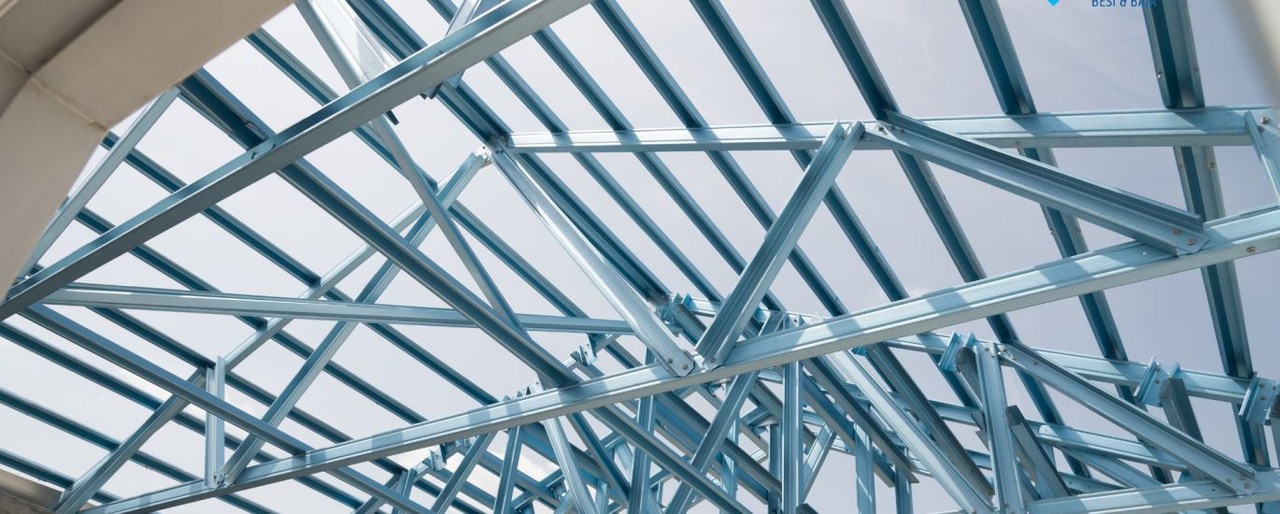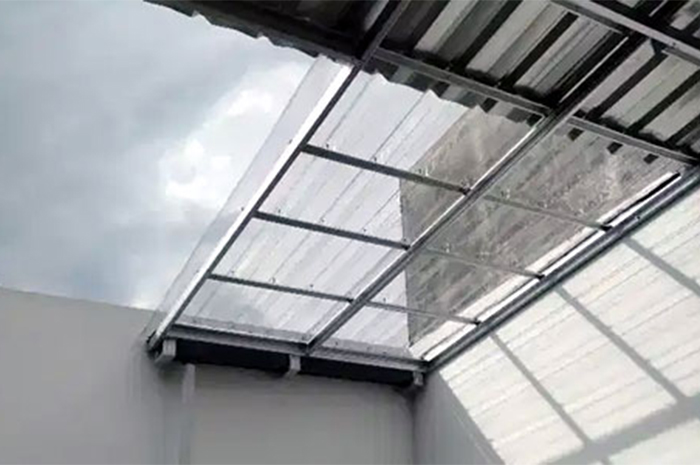Beranda > Artikel
Know the Type of Wall Material for Home

The wall is one of the building elements that function to separate / shape the space. In terms of structure and construction, the wall is a partition wall / filler (not holding the load) and there is a form of a structural wall (bearing wall).
The walls can be made from a variety of materials or materials according to their needs, examples of walls are:
Batako
For those who want to use a wall material with a more affordable price, then the brick can be an interesting choice. Batako itself is made from a mixture of cement and sand. Batako itself has 2 types of white brick / tras made of water mixture, tras (white soil from the weathering of volcanic rocks) as well as printed limestone and press brick made from a mixture of cement PC mixed with sand or stone ash.
Excess brick:
- Installation is easier and faster
- The price is considered cheap
- Batako has fire resistance for 4 hours
- If the workmanship is neat, do not need plaster
- Before use does not need to be immersed in water
- More easily cut as needed
- Large size can save time and cost
Batako Deficiency:
- Tres brick material is not waterproof, so make the wall moist (better choose press)
- Material from brickwork causes more room feels warm, stuffy and hot
- Easy to arise cracked hair if plastering less good
- The strength of the lesser brick that causes the wall easily perforated
- Use of columns and shoes should be more
- Less soundproof
Red brick
Red brick is considered a strong material, easy to install, and most builders already understand how to install it properly. In addition, red bricks also tend to have a price that is still affordable. We can also apply either red brick as exterior walls or interior walls.
Excess Red Brick:
- Rare seepage of water on the wall due to rain water
- Rift is relatively rare
- Strong and durable
- The use of wider concrete framework, between 9-12 m2
- Reduce heat so that the room temperature is cooler
Brick Red:
- Higher cost during coating process
- Hold fire only 2 hours
- Weight, thus adding to the burden of the building structure
Lightweight Bricks
Light bricks are now starting to gain considerable popularity in the community, especially for those who want to build houses in a faster and easier way. Lightweight bricks do have advantages in the form of a very practical installation. In addition, as the name implies, lightweight brick is clearly lighter than red brick so much in demand those who build houses with multiple floors or large projects and high buildings because it can make the volume of the structure is not too heavy and more efficient. Only, lightweight brick has a price that tends to be slightly more expensive than other wall materials.
Advantages of Lightweight Bricks:
- Has a uniform size and quality that can produce a neat wall
- Does not require heavy broadcasting so it saves the use of adhesive
- Lighter than ordinary brick so as to reduce the weight of the structure
- The transport is easier to do
- Implementation is faster than usual brick usage
- No thick plaster is required, generally only 2.5 cm
- Waterproof, so there is little chance of water seepage
- Have good seats for earthquakes
Lack of Lightweight Bricks:
- Special skill is required to install it because otherwise the impact is very visible
- If the wet light brick exposed to water takes a longer time than ordinary brick to dry
- Price is relatively more expensive than red brick
- It's a bit hard to get it, just a big material store that sells this lightweight brick
- Sales are in large volume (m3)
 Bahasa Indonesia
Bahasa Indonesia  Inggris
Inggris
 Bahasa Indonesia
Bahasa Indonesia  Inggris
Inggris
 The wall is one of the building elements that function to separate / shape the space. In terms of structure and construction, the wall is a partition wall / filler (not holding the load) and there is a form of a structural wall (bearing wall).
The wall is one of the building elements that function to separate / shape the space. In terms of structure and construction, the wall is a partition wall / filler (not holding the load) and there is a form of a structural wall (bearing wall).





